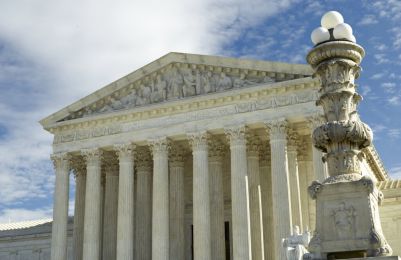
School administrators, teachers, students, parents, and other interested observers are paying close attention to the case of Mahanoy Area School District v. B.L., a K-12 student-speech case to be argued before the U.S. Supreme Court on April 28.
Among those interested observers are Mary Beth and John Tinker, the siblings who were key litigants in the Supreme Court’s landmark student-speech ruling more than 50 years ago in Tinker v. Des Moines Independent Community School District (1969).
In Tinker, the Supreme Court ruled that Mary Beth and John Tinker had a First Amendment right to wear black peace armbands to their middle and high schools respectively as a form of protest. The Court ruled that public school students don’t “shed their constitutional rights to freedom of speech and expression at the schoolhouse gate.”
According to the Court in Tinker, in very narrow circumstances, public school officials can regulate student speech – when it causes a substantial disruption of school activities or invades the rights of others. This narrow exception applies because student-speech rights must be applied “in light of the special characteristics of the school environment.”
But now, school officials in the Mahanoy Area School District in Pennsylvania argue that they can discipline a high school student for an off-campus social media Snapchat post because it somehow might cause a substantial disruption. Student B.L. posted a Snapchat one Saturday afternoon expressing consternation that she did not advance from the junior varsity to the varsity cheerleading squad. “F--- cheer, f--- everything” she posted.